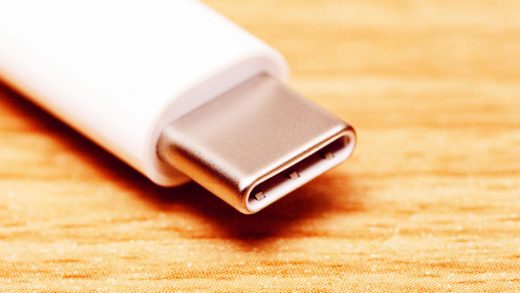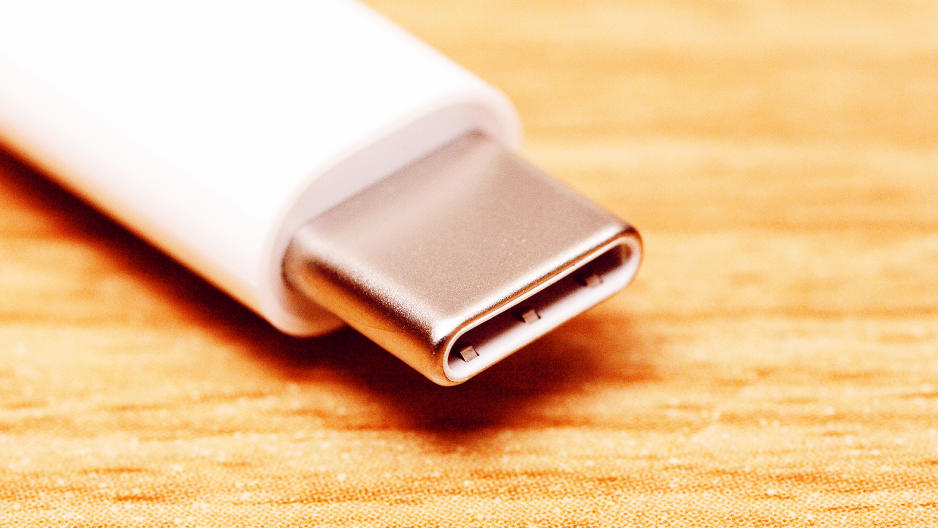How Volunteer Reviewers Are Saving The World From Crummy–Even Dangerous–USB-C Cables
Benson Leung didn’t set out to become a prominent cable tester, whose work is cited from one end of the internet to the other. But this role was thrust upon him because of his know-how, his access to test equipment, and his interest in serving users of hardware he helped create. And it filled a hole left by a fading standby of the computer world: test labs associated with tech magazines.
A member of the Google team that developed 2015’s Pixel C tablet, Leung worked on the software that handled the device’s USB data and charging. The Pixel C was among the first devices that used USB-C, along with Apple’s 12-inch MacBook, which shipped around the same time.
USB-C epitomizes the “universal” in Universal Serial Bus. It uses a connector that comes in a single shape and size, escaping the various full-sized and micro flavors of other USB types. It’s reversible, so there’s no preferred orientation to plug into a jack. While it handles USB 2 and 3 (up to 10 Gbps), through so-called “alternate modes,” USB-C also handles the DisplayPort and Mobile High-Definition Link (MHL) standards, permitting it to be used to hook a PC, tablet, or phone up to a display. In addition, USB-C adapters can convert data flow to Ethernet, FireWire, and other protocols. (Intel adopted USB-C for its 40 Gbps Thunderbolt 3 standard—used in Apple’s new MacBook Pros, and backwards compatible with everything else USB-C supports.)
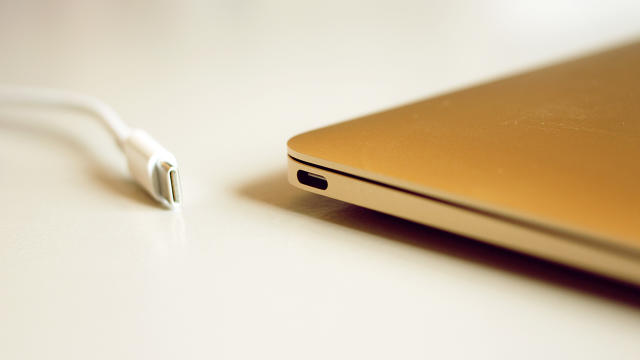
All the universality in the world doesn’t help if all the pieces of the ecosystem aren’t up to snuff. An early Pixel C tester told Leung that some third-party USB-C cables had issues. Sometimes he couldn’t charge, sometimes data wouldn’t transfer, and—worst of all—sometimes the cable would undercharge via a hub or charger, causing a brownout. “Upon closer inspection, I determined that the cables themselves were faulty, not our Type-C implementation,” Leung says.
Leung started ordering cables for sale on Amazon in mid-2015, and found that eight out of 10 of the best-selling ones were out of compliance with the USB-C standard. They were missing necessary electrical components or had the wrong ones, and could allow what he labels “dangerous conditions.”
That’s problematic, because Type-C is the first standard conduit for USB that’s being widely used to carry power far above the maximum 12 watts common for mobile devices, permitting it to replace the proprietary laptop power bricks that have been around for decades. Apple’s new 15-inch MacBook Pro, for instance, can draw a hefty 87W over its USB-C connection. A cable that’s not in spec and is pulling that much juice can cause real harm, damaging a laptop or mobile device, or potentially causing a fire. (A proprietary power variant, Quick Charge 2.0 and 3.0 from Qualcomm, uses a USB Type-A connector—the larger, more familiar port found on most computers—and can handle up to tens of watts paired with the right cable and adapter or USB battery pack.)
Leung started performing more rigorous tests and leaving detailed reviews on Amazon, the sole source for some of these cables and adapters, as part of his work on USB Type-C at Google. By late 2015, his reviews were the go-to source for knowing which USB-C items to trust. Some people created spreadsheets to help track his reviews, and he linked to them from a section on his Google+ page.
In February 2016, he published a review that 4,258 Amazon users have voted “helpful” and which has been linked to innumerable times since. “[This] cable (1-star review score, straight off) seriously damaged the laptop computer I am using for these reviews, a Chromebook Pixel 2015, and two USB PD [Power Delivery] Sniffer devices (Twinkie),” it reported.

Leung has found other recruits along the way, who have volunteered to test hardware in a rigorous fashion and report their results. Chief among them is Nathan Kolluru, who evaluates gear at his own expense and on his own time. Kolluru isn’t affiliated with Google, but he has been recognized by Google’s review program as a Top Contributor, due to the positive response from his posts. Kolluru has also seen the downside of being fully independent: In July, he wrote about a warning from Amazon that he risked termination of his Prime account after he tried to return some non-standards-compliant cables.
But surely this isn’t how the hardware world should work for consumers. Shouldn’t there be a formal source of information about a new technology’s promise and pitfalls that isn’t reliant on manufacturers and industry trade groups?
Well, yes, there should. And for a glorious few decades there was, in the form of test labs at computer and other electronics trade magazines. Before the rise of the internet, tech companies that wanted to reach consumers and businesses bought advertising in magazines such as PC Magazine, PCWorld, and InfoWorld. That made such publications highly profitable, which funded large staffs and testing labs.
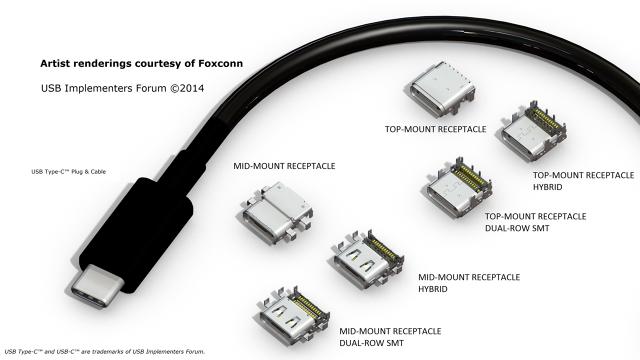
The labs often borrowed equipment from manufacturers for short-term tests, but also had budgets to buy and retain hardware to test over time and across generations, as well as purchase, train on, and operate professional testing gear. That era is now a distant memory, as tech companies spend ad budgets more efficiently on the internet and shift much of their dollars from media sites to social networks.
The closest thing that remains at any scale is probably The Wirecutter, recently purchased by the New York Times. It carries out rigorous testing, but relies on freelancers and outside lab partners, and has a tight focus on consumer gear that has the most interest, not the huge array of tech that magazine labs used to prod and review, sometimes in reviews that appeared on the day of a product’s release.
Product still get reviewed, of course, but rarely using precisely the same tests, equipment, and circumstances over time. Publications such as The Verge, the Wall Street Journal, and PCWorld focus on products where the consumer and business interests are, and where the money is: laptops, TV sets/monitors, phones, and a limited number of related categories.
While Consumer Reports still has labs in which it tests appliances, cars, and electronics, its recent report that Apple’s MacBook Pro models had erratic and widely varying battery life revealed a problem: The results seemed impossible, but no other organization had tested as extensively as a check or confirmation.
Making USB-C Behave
The USB Implementors Forum (USB-IF) creates the specifications used by manufacturers across the USB ecosystem, some of whom sit on the group’s board and participate deeply in the standards creation process. It continues to fill the role it has had for many years in the consumer/manufacturer relationship.
“USB Type-C is literally the name of the connector or port and/or the cable and connector,” explains Jeff Ravencraft, the president of the USB-IF. Type-C doesn’t cover the protocols that run across it, some of which are separately handled by the USB-IF and some by other trade groups.
Ravencraft’s group offers a certification program to both members and non-members that allow the USB trademarks to appear in marketing and on a product. Products that pass certification meet a suite of technical parameters. But everything that calls itself USB hasn’t necessarily gone through that testing.
One thing the organization aims to ensure via compliance is a graceful fallback. “We always want to ensure there’s no silent failure for the consumer,” Ravencraft says. If a cable can’t deliver 50W of power, it should deliver some power. If it can’t handle USB 3.0, it should work at USB 2.0 speeds.
But Ravencraft says the USB-IF’s true power is limited to policing when devices that carry its marks don’t meet its specs and when hardware it hasn’t certified uses its logos. “We will take action if we see something that we’re aware of that may be harmful,” he says. “If we believe we have grounds to intervene, we do that quite regularly.”
USB-C has been a tougher nut for the trade group than previous iterations, because “this isn’t grandma or grandpa’s USB 2.0,” Ravencraft says. Type C is much more difficult for hardware makers to implement, which means it’s tougher to deliver products to spec. “Not just any garage shop can throw together these products and have them work right,” he says.
The USB-IF works with retailers and government agencies worldwide to deal with trademark violations related to bad or dangerous USB-labeled products. This can include blocking imports. Meanwhile, Amazon and other brick-and-mortar and online stores don’t test cables, dongles, adapters, and other associated doodads offered for sale by third-party sellers and brand-name companies, some of which use Amazon as their sole sales channel. But they have a working relationship with the USB-IF that goes both ways for reporting problems.
Ravencraft admits that it has been “very difficult and very hard” to ensure that consumers get exactly what they believe they’re paying for, because of the sheer enormous quantity of what’s available for sale. “We’re seeing some percentage of the 4 billion USB products shipped every year,” he says.
Consumers can check whether a given device’s certification is legitimate via the USB-IF’s website, although I can’t imagine many doing so. Instead people rely on word of mouth and reviews, even though they may simply buy the cheapest adapter or cable available, having had decent luck with other, less-potentially-fraught purchases before.
It’s impossible to blame the USB-IF for hardware it didn’t test or that, if certified, isn’t made to the same standards as the tested units. The gap between this certification and a customer purchasing a product is where Leung and his colleagues fit in, and where consumers can get burned, sometimes literally.
Avoiding The Danger
Leung offers a lot of practical advice for avoiding USB-C troubles. He said most of the cables that cause difficulty use an inadequate resistor—a component that reduces current, among other capabilities—allowing a USB-C device to draw too much power, damaging an AC charger or host computer. “This is a potentially dangerous condition, not just one of inconvenience,” he says.
Using the cables and adapters that come with a device or choosing a brand-name third party with a known reputation matters. In the past, Leung says, experts have told consumers to avoid overpriced HDMI, Ethernet, and other cables, as cheaper, no-name variants typically work just as well. That’s simply not the case with USB-C.
Leung says some cable and adapter makers have sought his advice after he started to publish reviews, and some making the worst cables have removed the offending products from sale, destroyed their inventory, and redesigned their products. (The janky cable he reviewed in February 2016, for instance, was pulled from the market.)
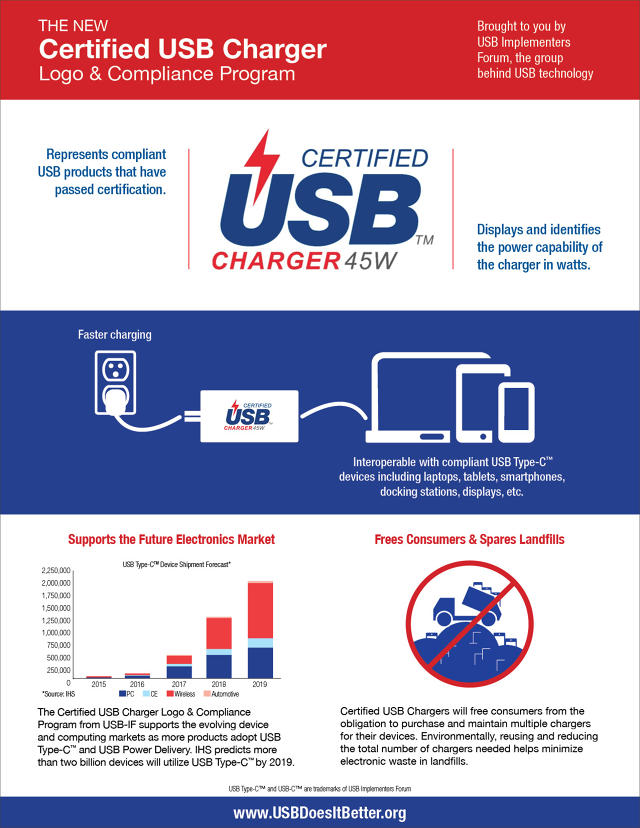
That’s similar to the function that magazine labs had in the past, as a bad review from a test lab could tank sales and help consumers, and sometimes lead to overhauls in product design or even company management.
It’s possible that even in the heyday of trade publication ad dollars, USB-C would still be a hard one. For starters, labs rarely reviewed cables and adapters, though they might have made an exception with USB-C once it became clear that such accessories were causing problems. Leung and the USB-IF agree the spec is not easy to support, however necessary it is to move the industry forward on a single, unified connector. Leung says most of the experts who know the technology best are making products at Apple, Google, HP, Intel, and other major companies.
There’s a little light for consumers and businesses on the horizon. Partly in response to the difficulty in being sure about USB-C compliance, the USB-IF has announced an authentication standard that can be built into USB-C connectors. (USB-C, like Thunderbolt and Apple’s Lightning, already requires something like a tiny computer in every cable jack.)
The authentication will rely on certificates, just like a web browser establishing a connection with a server. The USB-IF will issue master certificates to companies for each USB vendor ID they manage. Companies will run their own public-key infrastructure to manage and distribute certificates that derive from those certificates; a product model could share the same certificate for every unit made or the manufacturer could issue a unique one per device.
With a computer, smartphone, or tablet of the future that has this authentication built in, a user or system administrator will have options about whether non-authenticated plugs will “light up.” So before any power or data starts flowing, a plug will have to prove it’s legitimate under USB-IF rules.
Rahman Ismail, the chief operating office of USB-IF, says the authentication will work both ways: A USB flash drive could refuse to function in a non-approved laptop, while a laptop could refuse to start a data connection with an unauthorized flash drive. It’s uncertain how Microsoft, Google, and Apple might present this to consumers. But enterprise managers will surely welcome the ability to set policies for entire fleets of devices that they supervise. (This capability could also be misused to block third-party USB-C add-ons—for instance, forcing a MacBook owner to buy USB-C cables from Apple—but I think the market would speak loudly about that.)
Authentication can’t take the place of robust, independent evaluation. And Leung and a few others can’t replace the former might of dozens of staffers across multiple magazines pounding away on hardware to find flaws. The gap will still remain between consumers’ expectations and their confidence that the gear they buy does what it’s supposed to do—and does it safely.
Fast Company , Read Full Story
(24)

